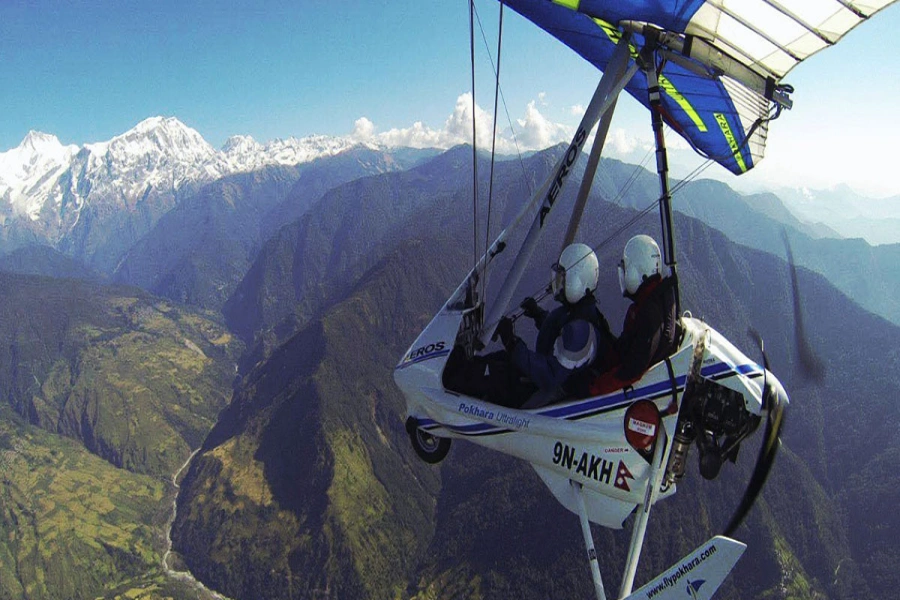KATHMANDU, April 10: The Kathmandu Valley is facing a severe threat from air pollution, with warnings indicating that the situation will worsen this afternoon. According to IQAir, an international organization monitoring air quality, the air quality index in the Kathmandu Valley ranged from 211 to 258 this morning, with expectations of further deterioration. The rise in vehicular activity and resumption of industrial operations during the afternoon are cited as contributing factors to the anticipated increase in air pollution.
Given Kathmandu's geographical setting, which traps pollutants due to its bowl-shaped terrain, the city is particularly susceptible to worsening air quality conditions. Experts predict that air pollution levels will escalate to more hazardous levels by this afternoon.
The impact of air pollution on public health is categorized based on an index ranging from zero to 500, with scores above 200 deemed fatal. An air quality index (AQI) surpassing 200 is denoted by a purple color, while an AQI exceeding 300 is indicated by a maroon color, signifying dangerously high levels for human health.
Delhi air quality worsens, breaches 'hazardous' category in som...

Dr Dharmaraj Upreti, a climate expert, said that in the Kathmandu Valley, which has a geographical structure like a bowl, dust and smoke have accumulated from other places as well. He said, “Pollution has increased due to the fire incidents in Kathmandu, its industries, factories, vehicles, etc. The accumulated pollution will remain like this until it rains or a powerful wind blows.
He cautioned that the pollution levels in Kathmandu would escalate to even more hazardous levels in the afternoon compared to the morning. He strongly advised minimizing outdoor activities and staying indoors as much as possible.
On Sunday evening, the air quality index of Kathmandu reached 200. Dr Upreti said that this trend is expected to persist for some period.
He also recommended temporarily closing schools and non-essential services due to the expected increase in air pollution until rainfall or strong winds help alleviate the situation.
Recent data from IQAir indicates an air quality index of 276 in the American Embassy area and 206 in Ratnapark as of 9:33 am.
Kathmandu continues to rank as the most polluted city globally, with an AQI reading of 244 at the same time. Meanwhile, India's capital, Delhi, follows closely as the second most polluted city, with an AQI of 214.
Exposure to harmful particles, chemicals, and gasses present in polluted air can lead to a range of health issues, including itchy skin, dry respiratory tract, hair loss, itchy nose, red eyes, and conjunctivitis. Moreover, long-term exposure to pollution can pose serious risks to respiratory health, heart function, and lung capacity. Consequently, medical experts strongly advise minimizing outdoor activities to mitigate health risks. Furthermore, the pervasive impact of air pollution extends beyond respiratory problems, contributing to a rise in various health conditions affecting different parts of the body. Instances of respiratory diseases, lung cancer, heart disease, hypertension, and stroke have also increased in recent years.








































